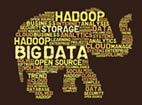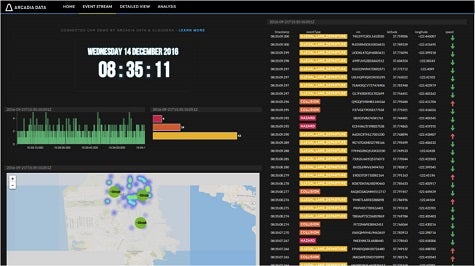One of the reasons that business intelligence (BI) applications were not as widely employed as generally expected was the simple fact that they were generally difficult to set up. IT organizations would have to pull data from a data warehouse into a local sever and then configure a BI application to interact with that data. Any time an end user wanted to look at a different data set, the whole process would need to start over.
Now it’s becoming more common to run BI applications natively against data sources such as Hadoop. Arcadia Data takes that concept a step further with an update to its Arcadia Enterprise BI software, announced this week, that adds support for other data sources such as Apache Solr and the S3 cloud storage service from Amazon Web Services (AWS). In addition to running natively on Hadoop, Arcadia Enterprise provides SQL support that can be used to query relational databases and S3 alongside data stored in Hadoop.
Priyank Patel, chief product officer for Arcadia Data, says regardless of the data source, end users now expect to be able to interrogate massive amounts of raw data at will. Instead of requiring IT organizations to build a separate data mart, Arcadia Enterprise is designed from the ground up to run natively on Big Data repositories such as Hadoop.
That approach, says Patel, makes it possible to generate both historical and real-time analytics using the same core BI application to access data both inside and out of Hadoop.
“We can run in a hybrid environment,” says Patel.
Other new features in Arcadia Enterprise 3.3 include Arcadia Smart Acceleration tools that enable end users to identify the metrics that are most important to them. The application then makes recommendations relating to how best to visualize those metrics. Also included is support for micro-segmentation analysis and enhancements to integration with third-party mapping tools.
As massive amounts of data routinely become available to end users, there’s no doubt that new BI tools that provide optimal access to multiple data sources will be required. But the real upside of all those data sources is that BI applications themselves will be more widely employed to make more informed business decisions.




